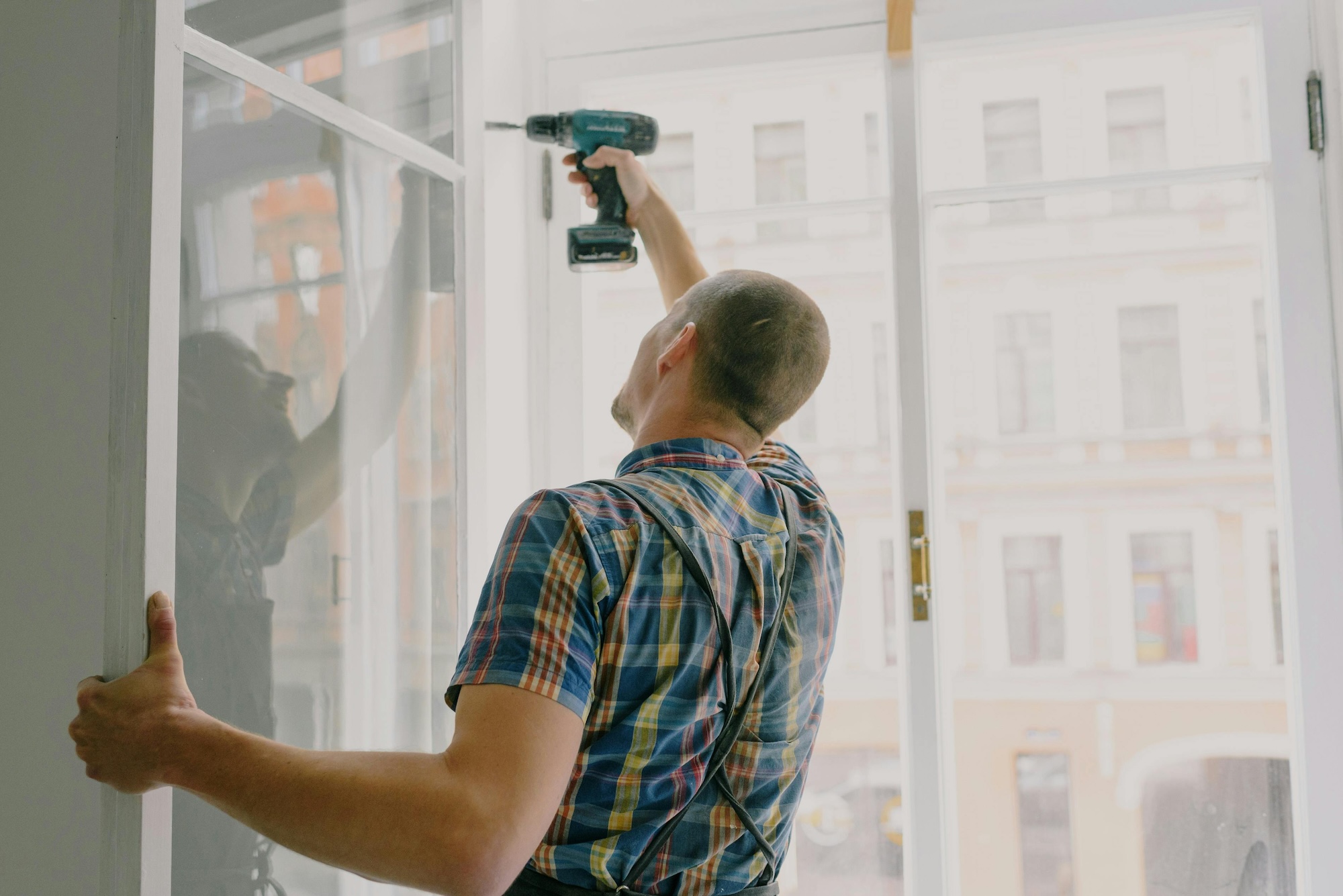How to Be Funny: The Ultimate Guide
When we think of comedy, we often think of stand-up comedians or TV shows that make us burst out in laughter. However, humor isn’t limited to these platforms. It plays a significant role in our daily lives, from lightening up the mood in tense situations to building connections with others. Being funny is a valuable skill that can bring joy and positivity to ourselves and those around us.

When we think of comedy, we often think of stand-up comedians or TV shows that make us burst out in laughter. However, humor isn’t limited to these platforms. It plays a significant role in our daily lives, from lightening up the mood in tense situations to building connections with others. Being funny is a valuable skill that can bring joy and positivity to ourselves and those around us.
In this blog post, we will explore the art of being funny – why it’s important, how it can benefit us in different environments, and various tips for mastering humor. Whether you’re looking to improve your stand-up routine or simply want to add more lightheartedness to your daily interactions, this guide will provide you with the tools and techniques to become a true comedic master.
So buckle up and get ready to learn all about being funny. As they say, laughter is the best medicine, so let’s find out how we can spread more of it in our lives.
Why is it important to be funny?
Humor is an important aspect of human interaction for several reasons:
- Connection: Being funny can help create a bond with others. It’s a way of communicating that you are approachable and friendly, which can make people feel more comfortable around you.
- Stress relief: Laughter, often a result of humor, is known to relieve stress. It triggers healthy physical changes in the body by strengthening your immune system, boosting your energy, diminishing pain, and protecting you from the damaging effects of stress.
- Health benefits: Research has shown that laughter can improve your health. It can lower blood pressure, stimulate circulation, and increase the release of endorphins, providing a sense of well-being.
- Social skills: Being funny is also a social skill that can make you more likable and attractive to others. It’s a form of emotional intelligence that demonstrates empathy and understanding.
- Cognitive function: Humor can also stimulate our brains, improving memory and cognitive function. It encourages creative thinking and problem-solving skills.
- Resilience: Humor can help us cope with challenges and adversity. It offers a different perspective and can lighten the mood in difficult situations, helping us to stay positive and resilient.
Remember, though, that humor is subjective, and what one person finds funny, another might not. It’s always important to be mindful of this when using humor, especially in diverse or professional settings.

Dos’ and dont’s for being funny
Now, let’s take a look at the do’s and don’ts for being funny.
Do’s
- Do understand your audience: Tailor your humor to the people you’re speaking to. For example, if you’re speaking to a group of scientists, a well-placed, science-related joke could go down very well.
- Do be authentic: Genuine humor comes from your personality and experiences. If you’re naturally dry and sarcastic, use that to your advantage. Don’t try to be slapstick funny if it doesn’t suit you.
- Do use self-deprecating humor: Making light of yourself can put others at ease and make you seem more relatable. For example, “I’m so bad at remembering names, I sometimes forget my own!”
- Do practice timing: Comedy often depends on timing. Delivering a punchline too early or too late can ruin a joke. Watch comedians and observe their timing.
- Do use real-life experiences: Sharing funny anecdotes from your life can be a great way to make people laugh. For example, “You won’t believe what happened when I tried to cook dinner last night…”
- Do keep it light: Light-hearted humor is generally safe and can be very effective. Avoid heavy or controversial subjects.
Don’ts
- Don’t touch on people’s insecurities: Humor should never be at the expense of someone else’s feelings. Avoid making fun of others or using sarcasm that could be seen as insulting.
- Don’t overdo it: Trying too hard to be funny can come off as desperate and annoying. Use humor sparingly and appropriately.
- Don’t use offensive or inappropriate jokes: This includes crude, racist, sexist, or otherwise offensive jokes. They’re not only unfunny but can also harm your reputation and relationships.
- Don’t force a joke: If the joke doesn’t land, let it go. Don’t try to explain it or force a laugh. It’s okay. Not every joke is a winner.
- Don’t use humor to mask negative emotions: Using humor to hide feelings of anger, sadness, or frustration can lead to misunderstandings. It’s better to express these emotions honestly.
- Don’t steal jokes without giving credit: If you’re using a joke you heard from a comedian or friend, it’s polite to give them credit. For example, “I heard a great joke from [Name] the other day…”
Remember, humor is subjective, so what makes one person laugh might not make another person laugh. The key is to remain respectful and considerate while trying to bring a little levity to the conversation.
How to be funny
Being funny is a great skill that can enhance your social interactions, make you more likable, and even boost your overall well-being. However, not everyone is naturally blessed with the gift of humor. Luckily, being funny can be learned and practiced like any other skill. Now, we will share some practical tips on how to be funny and give you examples to help you understand each point better.
1. Be observant
Observation is key when it comes to humor. Pay attention to your surroundings, people’s behavior, and the little details that others might miss. This will give you a wealth of material for making jokes and witty remarks.
Example: Next time you’re at a party, take notice of how people are dressed, their quirks, and their mannerisms. You can then make humorous observations for comedic effect.
2. Use self-deprecating humor
Self-deprecating humor is the act of making fun of oneself to get a laugh from others. This type of humor shows that you don’t take yourself too seriously and can make you more relatable.
Example: If you spill your drink at a restaurant, instead of getting embarrassed, make a joke about your clumsiness. This will not only lighten the mood but also show that you can laugh at yourself.
3. Understand timing
Timing is crucial in comedy. A well-timed joke can make all the difference between a room full of laughter and awkward silence. Practice delivering your punchlines at the right moment, and pay attention to cues from your audience.
Example: If you’re telling a joke, wait for a pause in the conversation before delivering your punchline. This will ensure that everyone is paying attention and make your joke more effective.

4. Know your audience
Different people have different senses of humor. It’s essential to understand your audience and tailor your jokes accordingly. Avoid making any jokes that may offend or alienate someone.
Example: If you’re with a group of friends who enjoy dark humor, you can make edgier jokes. However, if you’re at a family event, it’s best to stick to more lighthearted jokes that everyone can enjoy.
5. Use wordplay and puns
Wordplay and puns are a great way to make people laugh with clever use of language. They require quick thinking, so the more you practice, the better you’ll become at making them on the spot.
Example: If someone asks you to pass the salt, you can reply with, “Here’s a grain of salt… take it with a pinch of humor.” This off-beat and unpredictable approach can make people smile.
6. Embrace your inner child
Children are naturally funny because they don’t filter their thoughts and have a wild imagination. Tap into your inner child and let go of any inhibitions. This will help you come up with funny and creative ideas.
Example: If you’re brainstorming for jokes or humorous anecdotes, think like a child. Don’t dismiss any idea as too silly or childish. You never know what might turn out to be hilarious.

7. Use physical comedy
Physical comedy involves using your body language, gestures, and facial expressions to make people laugh. This type of humor is perfect for lightening up a tense situation or breaking the ice.
Example: If someone tells a bad joke, you can exaggerate your reaction by pretending to fall off your chair or spitting out your drink. This can help to create a lighthearted, jovial atmosphere.
8. Be authentic
The most crucial aspect of being funny is to be yourself. Don’t try to imitate others or force yourself to make jokes that don’t come naturally to you. People respond best to authenticity, and your genuine humor will shine through.
Example: If you’re not a fan of sarcasm, don’t try to force yourself to make sarcastic comments. Instead, embrace your authentic style of humor and use it to make others laugh.
9. Practice, practice, practice
Like any other skill, being funny takes practice. Don’t be discouraged if your jokes don’t always land or you feel like you’re not naturally funny. Keep practicing, and over time, you’ll become more confident and better at making people laugh.
Example: Make an effort to incorporate humor into your daily interactions. Tell jokes, make witty comments, and don’t be afraid to take risks. The more you practice, the more comfortable you’ll become with using humor in different situations.

10. Have fun
At the end of the day, being funny is all about having fun. Don’t take yourself too seriously, and focus on enjoying the moment. People are drawn to those who can make them laugh, so let loose and have a good time.
Example: Next time you’re out with friends, don’t worry about being the center of attention or focusing too hard on making everyone laugh. Instead, relax, be yourself, and have a good time. Your genuine enjoyment will make you more likable and naturally funny.
At the end of the day, being funny isn’t about making everyone laugh all the time or being the class clown. It’s about finding your own unique sense of humor and using it to connect with others. With these tips, you’ll be well on your way to mastering the art of comedy and making others laugh in no time. So go out there, observe, practice, and have fun.
What to avoid when learning to be funny
We also have some tips for what to avoid when learning how to be funny.
1. Forcing a sense of humor
Trying too hard to be funny can come across as rehearsed or forced, which may make your jokes fall flat. It’s important to be spontaneous and unexpected. Humor that catches people off guard tends to be more effective.
2. Overdoing the jokes
Bombarding your audience with funny elements can overwhelm them and detract from the humor. It’s better to choose your jokes wisely because bombarding your audience with jokes might dilute the impact of the genuinely funny ones.
3. Using humor at other people’s expense
It’s crucial to avoid coming across as mean-spirited. Avoid put-downs and making jokes that may offend or hurt others. Always consider how your humor might impact other people and stay away from topics that could be potentially harmful. As always, inclusivity and acceptance are key.
4. Doubting yourself
Confidence is key when it comes to humor. If you don’t believe in your ability to be funny, others likely won’t either. People are surprisingly perceptive, even if they don’t consciously know it. If you doubt yourself, your audience may sense uncertainty and be less receptive to your jokes.
5. Being a perfectionist
Nobody is perfect, and that includes even the best comedians or the funniest people you know. Allowing room for spontaneity and the occasional misstep can make your humor journey more enjoyable. It can also keep your confidence levels high.
6. Ignoring your audience
In a lot of ways, being funny is more about listening than talking. Humor is a two-way street. Paying attention to your audience’s reactions allows you to adjust your approach and tailor your humor so that it resonates with them.
Final thoughts on how to be funny
Learning how to be funny doesn’t have to be a daunting task. With the guidance, dos and don’ts, and examples in this blog post, you can rest assured knowing that you are well-equipped with the tools needed to master the art of being funny.
Remember, by learning how to be funny and putting your skills into practice, you can improve your relationships, connect with people more easily, and amplify the joy in your life. Being funny isn’t about being a clown. It’s about feeling at ease in yourself, having fun, and connecting with others.
So try incorporating these tips into your life and see how they can help you build better conversations and deeper connections with others. When it comes to how to be funny, you know now that there are a number of helpful practices and tips you can follow to help improve your skills.
Good luck, and we hope you find the great laughs you deserve!
If you enjoyed this post, you might also like our article about How to Keep a Conversation Going: The Ultimate Guide.


